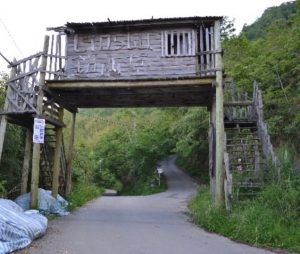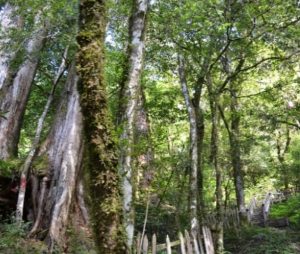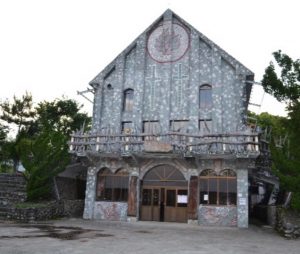Tribal tourism is a controversial topic – the disruptive, as well as beneficial impacts it can have, are being discussed amongst many tourism professionals, as well as travellers.
Our dedicated team members, Celina Sczyslo and Mahendra Sherkhane, are responsible for these a new series of posts about tribal tourism. We have been focused on the Karenni tribes in Huay Pu Keng, supporting them in their transformation to community-based tourism. However, in the future we are planning to support also other tribes around the world that can benefit from our work. On that note, we will introduce you to several tribes and share their stories and experiences with tourism – some examples of good and bad practices and tourist behaviour, as well as some organizations and sources where you can inform yourself further.
We hope you will learn and get inspired to support sustainable and right practices within tribal tourism practices with us!
Do you have any ideas, questions or thoughts you would like to learn about or share during this series? Please let us know here.
Tribal tourism series: Cinsibu Atayal tribe in Taiwan
Over the last 20 years, The Taiwanese government developed various supportive structures and policies that boost the economy and quality of life of tribal communities. While also introducing new tourist attractions, the Cinsibu Atayal tribe experienced great positive impact from those developments.
The tribe is one of the most remote ones in Hsinchu (around 100 km Southwest from Taipei), located on the hillside of Jinaji Mountain at 1700 m altitude. It is surrounded by a primeval cypress forest with giant trees, which provides the tribe with a great asset to develop ecotourism. Due to the improvement of the initially inconvenient infrastructure for transportation and an increasing media attention, the first visitors were attracted which generated new income. However, the newly introduced tourism also implied challenges, as it caused pressure on the ecological environment and cultural heritage.
The Cinsibu tribe addressed those challenges with actions that supported the development of sustainable tribal tourism. The most impactful ones included the involvement of the tribal citizens into the development of the touristic structures by founding local associations. Also, they launched educational training courses for tribal development. A key factor is to promote self-sufficiency: Tourism creates new job opportunities, and the conservation of the giant trees is done with the help of local resources. Hence, with the support of governmental policies and funding, and the guidance of their church, sustainable tribal development could be promoted and local natural and cultural heritage are preserved, all in favour of the Cinsibu tribe.
If you would like to get a deeper understanding of the situation of the Cinsibu tribe in Taiwan, and how they developed towards sustainable practices of tribal tourism, please have a look at the source of the above:




Dit bericht heeft 0 reacties